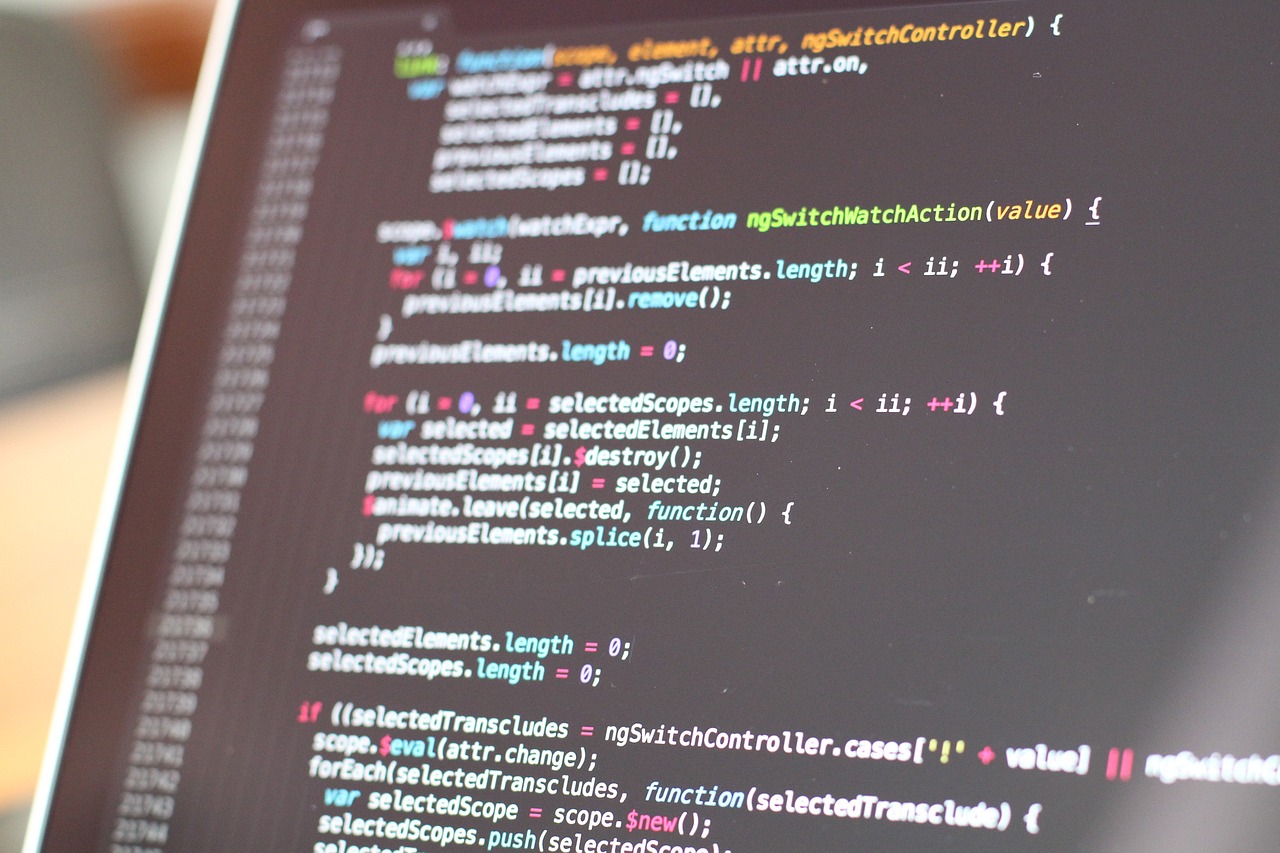
The Beginner’s Guide to Website Development
Creating a website can seem like a daunting task, especially for those new to the world of web development. However, with the right guidance and resources, anyone can learn the basics of building a website. In this beginner’s guide, we’ll explore the fundamentals of website development and provide you with the knowledge to get started.
Understanding the Basics
Website development involves the creation and maintenance of websites using various programming languages, such as HTML, CSS, and JavaScript. These languages are used to structure the content, style the appearance, and add interactivity to a website.
- HTML (Hypertext Markup Language) is used to create the structure and content of web pages.
- CSS (Cascading Style Sheets) is used to control the visual presentation and styling of web pages.
- JavaScript is used to add interactivity and dynamic functionality to web pages.
The Website Development Process
Creating a website typically involves several steps:
- Planning: Determine the purpose, target audience, and content of your website.
- Design: Create a visually appealing layout and user interface.
- Development: Write the code using HTML, CSS, and JavaScript to bring your design to life.
- Testing: Ensure that your website functions correctly across different browsers and devices.
- Deployment: Upload your website files to a web server and make it accessible to the public.
Getting Started with Web Development
To begin your web development journey, you’ll need a few essential tools:
- Text Editor: A text editor, such as Sublime Text, Atom, or Visual Studio Code, is used to write and edit code.
- Web Browser: A web browser, such as Google Chrome or Mozilla Firefox, is used to view and test your website.
- Web Server: A web server, such as Apache or Nginx, is used to host your website files and make them accessible to users.
Learning Resources
There are many resources available to help you learn web development, including:
- Online Tutorials: Websites like Codecademy, FreeCodeCamp, and Udemy offer interactive tutorials and courses.
- Documentation: Official documentation for HTML, CSS, and JavaScript provides in-depth information and examples.
- Online Communities: Platforms like Stack Overflow and Reddit’s r/webdev subreddit offer a supportive community for asking questions and sharing knowledge.
Building Your First Website
To build your first website, start by creating an HTML file with a basic structure:
<!DOCTYPE html>
<html>
<head>
<title>My First Website</title>
</head>
<body>
<h1>Welcome to My First Website</h1>
<p>This is a paragraph of text.</p>
</body>
</html>Save the file with a .html extension and open it in a web browser to see your website in action.
From there, you can continue learning and expanding your skills in web development. Remember, building websites takes practice, so don’t be afraid to experiment and make mistakes along the way.
